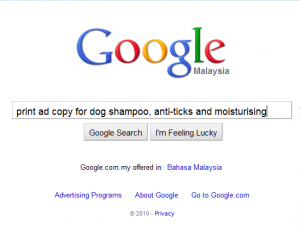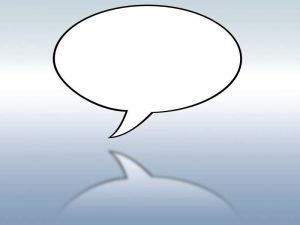This is it. I found the freaking jackpot. Experiments that confirm what I have believed all along. All those times clients picked apart creative options and tried to make them into 1 rojak creative, now I know why!
Because they couldn’t decide which creative option to choose.

In advertising, giving clients design or copy options is the norm. It shows that the agency takes the initiative to provide choices, and that we’re not a bunch of lazy arses force-feeding one single idea to the client.
But it turns out, providing too many options, actually makes the client decision much harder to make. Consider these studies conducted, excerpted from Chip and Dan Heath’s book Switch!
Study 1: at a Gourmet food store
On a sampling table, 6 different jams are on showcase for free tasting by customers. The next day, 24 types of jams were on display. As expected, the 24-jam display attracted more customers. But when it came time to buy; shoppers who saw only 6 jams were 10 time more likely to buy.
Study 2: on a speed-dating night
Singles meet one-on-one, spending about 5 minutes with each person. The result? Young adults who meet eight other singles make more matches that those who meet twenty!
This is called Decision Paralysis where too many choices make making a decision much harder than usual. I guess the key words here is ‘too many’, we can’t help but weigh in all the options presented to us. One or two options (at most) are still fine I’m sure.
Well now we know what “Less Is More” really means. While people like having choices, they hate weighing those options to make a decision, probably for fear of making the wrong choice.
So think about all those times that you found it hard to make a choice. Were there too many options?




